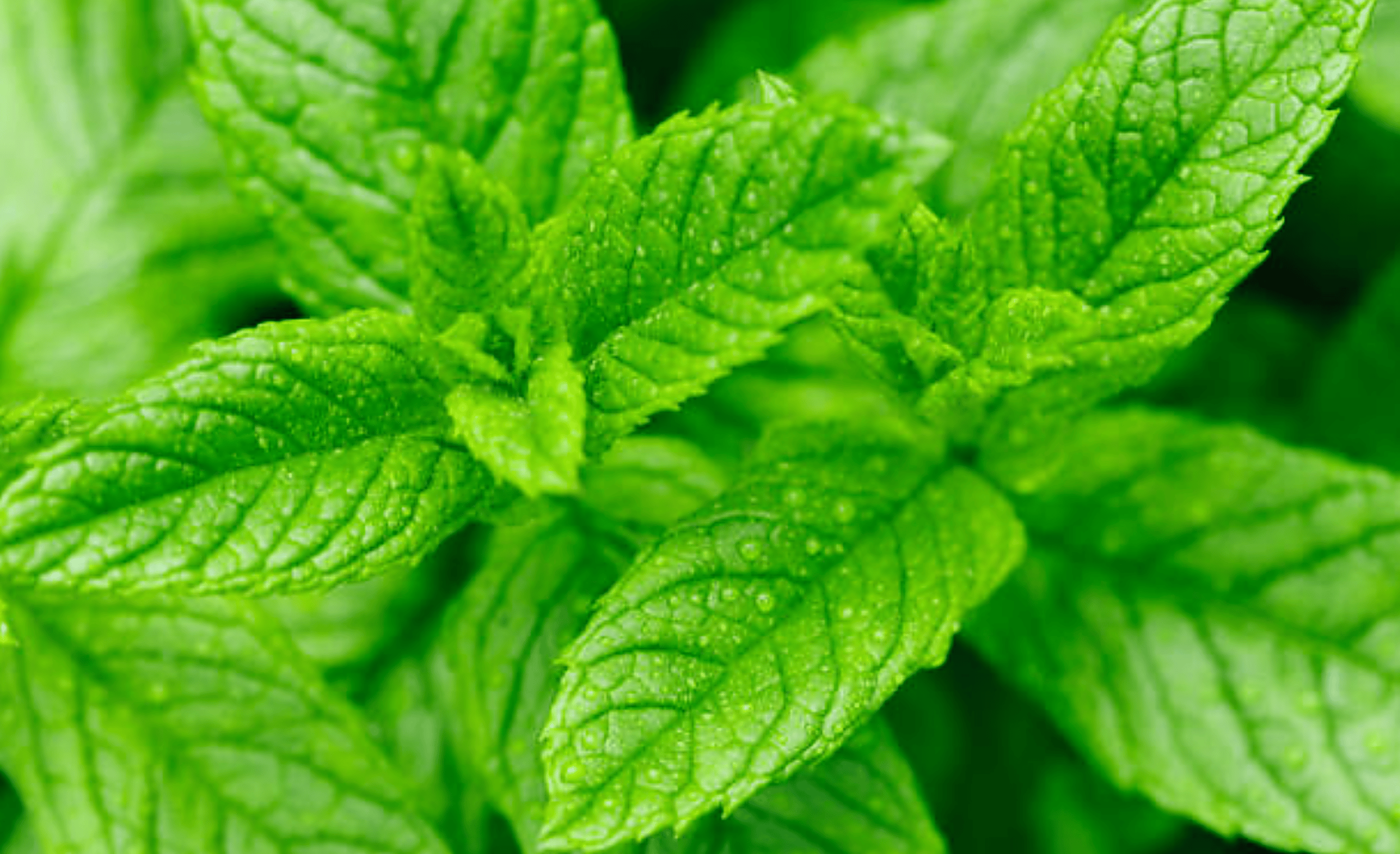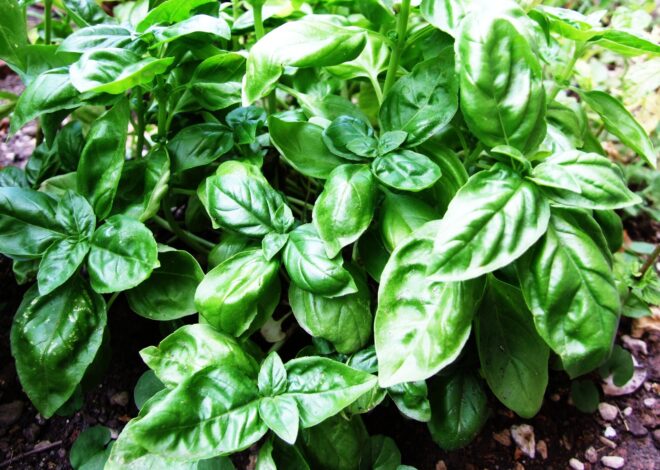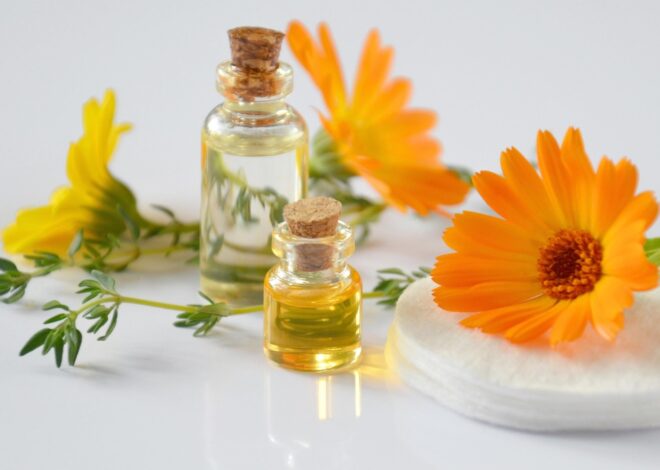
Medicinal Uses For Mint
Welcome to our guide on medicinal uses for mint. Mint is more than just a refreshing flavor for your favorite gum or mojito. This vibrant herb has been celebrated for centuries, not only for its tantalizing taste but also for its remarkable medicinal properties.
From ancient civilizations to modern herbalists, mint has carved out a significant place in the realm of natural healing. Its versatility makes it an essential addition to both your kitchen and medicine cabinet.
Whether you’re seeking relief from digestive discomfort or looking to invigorate your skin care routine, this humble herb offers a myriad of health benefits that can enhance your well-being. So, let’s dive into the fascinating world of mint and explore its rich history alongside the various ways it can elevate your health journey!
History of Mint in Medicine
Mint’s medicinal roots trace back thousands of years. Ancient Egyptians used it for its digestive properties, often placing mint leaves in tombs to promote comfort in the afterlife. The Greeks and Romans also valued this herb. They believed mint could enhance memory and clarity.
It was commonly infused into wines and used as a garnish for various dishes. In traditional Chinese medicine, mint has long been employed to relieve headaches and cool the body, showcasing its versatility across cultures. During the Middle Ages, herbalists turned to mint for treating respiratory issues.
Its soothing aroma made it popular in remedies aimed at easing coughs and colds. As time progressed, scientific studies began validating these age-old practices. Today, research continues to uncover more about how this humble herb can aid our health.
Health Benefits of Mint:
Mint is more than just a flavor enhancer; it offers numerous health benefits worth exploring. Incorporating this versatile herb into your daily routine could enhance overall well-being significantly.
A. Digestive Aid
Mint has long been celebrated for its soothing effects on the digestive system. The refreshing aroma and flavor can stimulate appetite while also aiding in digestion.
One of the key compounds in mint, menthol, relaxes the muscles of the gastrointestinal tract. This action may relieve discomfort from bloating or gas. As a gentle carminative, mint helps to prevent the formation of gas bubbles.
Drinking peppermint tea after meals is a popular way to harness these benefits. The warm infusion not only tastes delightful but also promotes relaxation of your digestive organs.
For those with indigestion or nausea, sucking on fresh mint leaves can provide quick relief. Its cooling sensation calms upset stomachs effectively without harsh side effects.
Incorporating mint into your diet could be an easy step toward better digestion and overall gut health. Consider adding it to salads, smoothies, or even as a garnish for various dishes.
B. Respiratory Aid
Mint has long been celebrated for its refreshing aroma and cooling properties. These characteristics make it a powerful ally in respiratory health.
When inhaled, mint can help open up the airways. It acts as a natural decongestant, making it easier to breathe during colds or allergies. The menthol found in mint provides immediate relief from nasal congestion.
Additionally, sipping on warm mint tea can soothe irritation in the throat and alleviate coughing. Its anti-inflammatory properties further support respiratory function by reducing swelling in the air passages.
For those suffering from sinus infections or bronchitis, adding fresh mint leaves to your meals may enhance overall comfort and promote better breathing. Simply incorporating this herb into your routine offers an easy pathway to improved respiratory wellness without relying solely on medications.
C. Pain Relief
Mint has long been heralded for its soothing properties, making it a popular choice for pain relief. The menthol found in mint is known to have a cooling effect on the skin and muscles. This can help alleviate discomfort from headaches and muscle soreness.
Applying peppermint oil topically provides localized relief. Just a few drops massaged into tense areas can ease tension effectively. Many people find that this natural remedy works quickly without the side effects often associated with over-the-counter pain relievers.
Additionally, inhaling mint’s invigorating aroma may reduce feelings of nausea or migraine-related symptoms. The scent acts as an uplifting agent, helping to clear mental fog connected to pain.
Incorporating mint into your routine offers an accessible way to address various aches naturally while enjoying its refreshing fragrance and flavor.
D. Skin Care
Mint is more than just a flavorful herb; it also offers fantastic benefits for skin care. Its natural properties make it an excellent choice for soothing irritated skin and reducing redness.
The cooling effect of mint can provide instant relief to inflamed areas, making it a go-to remedy for minor burns or rashes. Applying mint-infused products helps calm the skin, leaving you feeling refreshed.
Additionally, mint has antimicrobial qualities that fight acne-causing bacteria. Incorporating mint into your skincare routine can help keep breakouts at bay while promoting clearer skin.
You can create DIY masks using fresh mint leaves blended with yogurt or honey. This not only nourishes your complexion but also invigorates tired-looking skin with its revitalizing scent and texture.
Using mint in your beauty regimen opens up new avenues for achieving healthy and radiant skin without harsh chemicals or synthetic ingredients.
Ways to Incorporate Mint into Your Health Routine:
Incorporating mint into your health routine can be both enjoyable and beneficial.
A. Tea and Infusions
Tea and infusions are a delightful way to enjoy the medicinal properties of mint. Brewed fresh or dried, they offer a refreshing taste along with health benefits.
Start your day with a cup of peppermint tea. It can soothe an upset stomach and promote digestion. The aroma alone is invigorating, waking up your senses.
For something more calming, try spearmint infusion in the evening. Its gentle flavor helps reduce stress and can improve sleep quality.
Experiment by blending mint with other herbs like chamomile or ginger for added benefits. Each sip becomes an exploration of flavors while you nurture your body.
Hot or iced, mint-infused drinks are versatile enough to suit any season. Plus, they’re easy to prepare at home using just hot water and fresh leaves!
B. Essential Oils
Essential oils derived from mint are a powerhouse in the world of natural remedies. These concentrated extracts carry the potent therapeutic properties of the herb, making them perfect for various applications.
Peppermint oil is particularly popular for its invigorating aroma and cooling sensation. It can be used to alleviate headaches when applied to temples or inhaled directly for instant relief.
Spearmint oil offers a gentler fragrance, often used in diffusers to create an uplifting atmosphere at home. Its soothing scent also helps reduce anxiety and stress levels.
When diluted with carrier oils, mint essential oils can enhance your skincare regimen by reducing blemishes and promoting healthy skin glow. Just remember that a little goes a long way, so start small when incorporating these oils into your routine.
C. Topical Applications
Topical applications of mint can provide refreshing relief for various skin issues. The cooling sensation it offers makes it popular in soothing irritated skin or rashes.
Mint essential oil, when diluted with a carrier oil, is particularly effective. It can help alleviate localized pain from headaches or muscle soreness. Just apply a small amount to the affected area and gently massage it in.
You might also consider using crushed fresh mint leaves in homemade scrubs or masks. This natural method helps invigorate your skin while providing a gentle exfoliation.
Additionally, mint’s antimicrobial properties make it useful for minor cuts and wounds. Applying diluted mint oil may aid in preventing infection as well.
Always perform a patch test first to avoid any adverse reactions, especially if you have sensitive skin. This way, you can enjoy the benefits without worry.
Precautions and Possible Side Effects
While mint is generally safe for most people, it’s important to be aware of potential precautions and side effects. Some individuals may experience allergic reactions, which can manifest as skin irritation or rashes upon contact.
Mint can also exacerbate symptoms for those with gastroesophageal reflux disease (GERD). Its ability to relax the lower esophageal sphincter might lead to increased heartburn in some cases. When using essential oils, dilution is key.
Applying undiluted oil directly on the skin can cause burns or irritation. Always perform a patch test before widespread application. Pregnant and breastfeeding women should consult healthcare providers before adding significant amounts of mint to their diets.
The effects of concentrated doses are not well understood during these sensitive periods. Children may also be more susceptible to certain side effects from mint products, so caution is advised when introducing them into their routines.
How to Use Mint for Medicinal Purposes:
Using mint for medicinal purposes is both simple and effective. One popular method is brewing fresh mint leaves into a soothing tea. Just steep the leaves in hot water for a few minutes. This can help with digestion and provide a refreshing taste.
For respiratory issues, inhaling steam infused with peppermint oil can be beneficial. Add a few drops of essential oil to hot water, then lean over it while covering your head with a towel to trap the steam. Topical applications are also useful.
Dilute peppermint essential oil with a carrier oil like coconut or olive oil before applying it to sore muscles or areas affected by headaches. Experimenting with these methods allows you to tailor your use of mint based on your needs, embracing its versatility in everyday health routines.
Other Uses for Mint
Beyond its medicinal properties, mint boasts a range of versatile uses. In the culinary world, fresh mint elevates dishes with its refreshing flavor. It’s a staple in salads, sauces, and even desserts. Mint is also popular in beverages.
From mojitos to infused water, it adds a burst of freshness that quenches thirst and enhances taste. In home care, mint can act as a natural pest repellent. Its strong aroma deters ants and rodents when used strategically around your space.
Aromatherapy enthusiasts often turn to mint essential oil for an invigorating scent that stimulates the senses. Furthermore, dried mint leaves are commonly added to potpourri mixes for their delightful fragrance. This makes any room feel inviting while providing subtle therapeutic benefits.
These diverse applications highlight how this simple herb has much more to offer beyond just health advantages.
Conclusion: The Versatility of Mint
Mint is more than just a flavorful herb used in cooking and beverages. Its rich history and wide array of medicinal uses make it a valuable addition to any health routine. From aiding digestion to alleviating respiratory issues, mint proves its worth in various forms—whether as tea, essential oil, or topical application.
The versatility of this herb extends beyond the kitchen; it’s an accessible remedy for common ailments that many can incorporate into their daily lives. As you explore the many ways to use mint, you’ll likely discover new benefits along the way.
By embracing this fragrant herb, you’re not only enhancing your meals but also supporting your overall well-being with nature’s own medicine.






